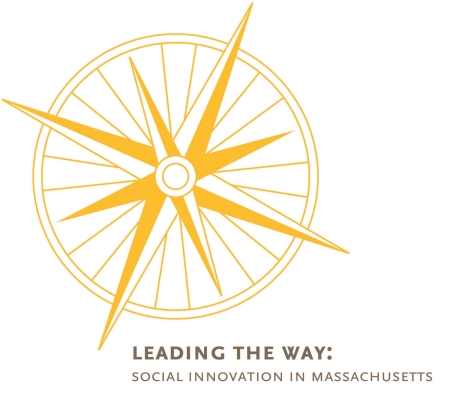
By Sean Smith | Chronicle Editor
Get and give help. Consider small changes as well as big ideas. Build on strengths but consider moving outside of your comfort zone. Be ready. And be bold.
These suggestions for achieving success in social innovation are among the findings of a recent study co-authored by two Boston College faculty members on Massachusetts’ status as a leader in social innovation, which addresses social needs by blending entrepreneurship and practices from business with social work’s expertise in non-profit management and commitment to social justice.
Graduate School of Social Work Associate Professors Marcie Pitt-Catsouphes and Stephanie Berzin, directors of GSSW’s Center for Social Innovation (CSI), and their co-author Luis de Zengotita, a former graduate assistant at Boston College, compiled the study through interviews with 23 leaders of human service agencies who had spearheaded different types of social innovation initiatives.
CSI collaborated with the Massachusetts Council of Human Service Providers on the study, which was presented earlier this month at a one-day conference attended by some 40 human services practitioners. Held on Brighton Campus, the event featured a panel with three master social innovators, all included in the study, who talked about their agencies’ experiences.
The study points to several favorable factors aiding Massachusetts’ leadership in social innovation, such as a “culture and history of innovation” in social service, health and education sectors; professional support through the Council of Human Service Providers; policy support from the Deval Patrick administration; and strong training and research resources through leading universities.
For the study, agency leaders were asked to describe their social innovation endeavors, explain what helped — and hindered — in creating these projects, and offer advice and recommendations for other agencies considering social innovation as a means to fulfill their missions.
Social innovation can take several forms, as the study explained, such as in resource development. Among the examples were the Carroll Center’s store with adaptive products for persons with visual impairment; and Cloud4Causes, created by HMEA (Horace Mann Educational Associates) — which serves children and adults with developmental disabilities — to provide technical support to non-profits.
Another category of social innovation is in services and service delivery, as exemplified by the Pine Street Inn’s utilization of iCater and Boston Handyworks as part of its efforts to offer training and work experience to homeless people.
Social innovation can also mean expanding an agency’s services or products to a new population — such as the Massachusetts Council on Compulsive Gambling’s job placement program — or developing or creating new organizational structures: The Association for Community Living, for instance, integrated an inclusive community center and its silk screening T-shirt business.
Pitt-Catsouphes and Berzin said they were pleased with the results of the study, and by the interest it has generated among the state’s human services providers, as was evident at this month’s conference. There is ample reason to believe social innovation will continue to emerge as a key element in helping address social issues and needs in the state, they said.
“Given the talent, commitment, and thought leadership which exist at established human service agencies in the state,” said Pitt-Catsouphes, “Massachusetts is well positioned to become the Silicon Valley of social innovation.”



